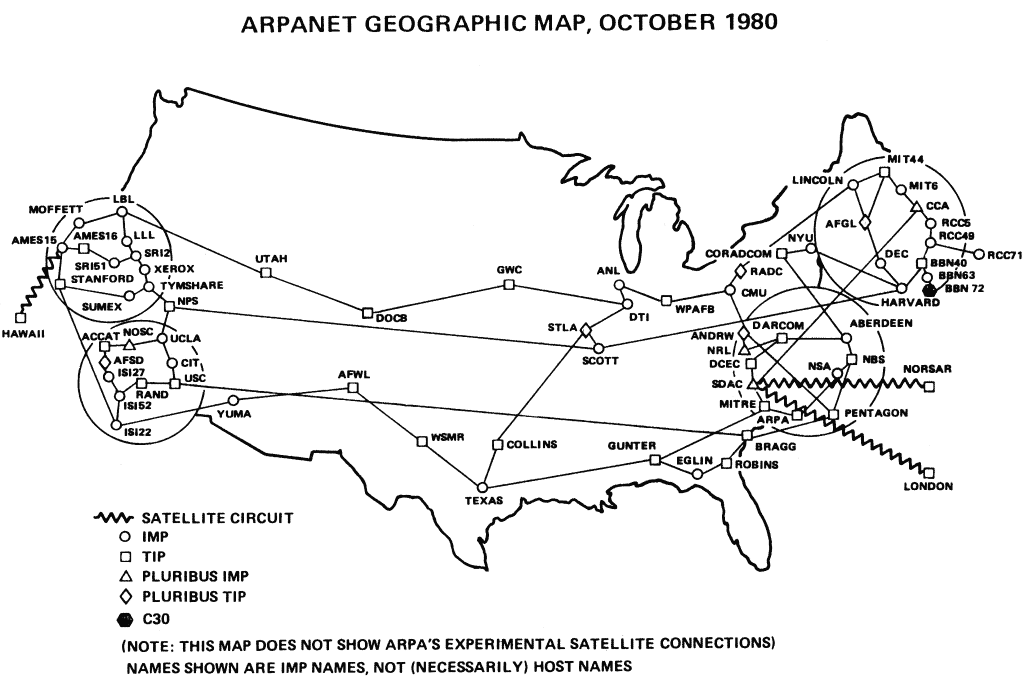From telegrams to datagrams: A few technologies that laid the groundwork for today’s WiFi

Have you ever received a telegram? Unless you’re one of Mark Twain’s friends, the answer is probably “no.” Yet the now-obsolete technology, which once allowed people to send messages using electrical signals, has much in common with the way we communicate today. In fact, many aspects of ancient and antiquated communication methods throughout history have influenced and inspired the way WiFi works today.
First come pigeons, then come ponies
For most of human history, in order to send a message to someone, you needed to physically deliver it. Shouting worked well for next-door neighbors, but at any greater distance, another solution was necessary. As early as the first century BCE, people started breeding messenger pigeons, with an average flying speed of 50 mph, for their innate ability to find their way home across long distances. Incredibly, pigeons delivered the results of the first Olympics in 776 BCE — traveling from Greece to Athens and all the surrounding villages to announce the Games’ winners.
But pigeons could only travel so far. In the 5th century BCE, Persian king Darius the Great built the Royal Road to improve communication throughout his large empire. Couriers, mounted on horseback, could travel almost 2,000 miles in seven days — the same journey previously took 90 days on foot. This method of communication made its way to America and helped form the Pony Express, which famously delivered mail from the Atlantic coast to California. Still, this horseback journey across the Great Plains and over the Rocky Mountains was incredibly dangerous, and 10 days was a long time to wait for important news.
The first kind of “gram”
Electric telegraph systems were established in the early 1800s, considerably speeding up communication throughout the US. By the 1850s, telegraph lines connected many major cities in the eastern states. Then, in 1861, the first transcontinental system was completed, which enabled California Chief Justice Stephen Field to send one of the first messages from San Francisco to President Abraham Lincoln.
These early telegraph systems used Morse code, which sequenced dots and dashes to spell out messages. By the 1890s, engineers started using Morse code to communicate via radio transmission. This marked a huge milestone in communication, and it took another decade to develop the technology to send voice over the airwaves.
Living in the present
Fast forward to today, and you’ll find many similarities between those first telegrams and the way data travels over the internet. Telegram networks had central routing stations, which took in messages and then retransmitted them — very similar to the way a router works.


Even the terms are connected. Each data packet sent over the Internet Protocol (IP), the technology layer foundational to the internet, is called a “datagram.” Like the telegrams at the turn of the 19th century, each datagram is a self-contained piece of information with a “to” and “from” address. Datagrams go into a queue with other pieces of data. From that queue, they’re sent into the network, switched around through various routers, and eventually arrive at the other end. So instead of a pigeon or a Pony Express rider carrying the message, the datagram is finally delivered by an access point — like the eero in your home.
That’s a lot of history in a short amount of space, but it’s to illustrate a point: our most cutting-edge technologies are inextricably tied to past innovations. These are a few of the milestones that brought us to the modern-day; now eero is working to build the future.


You must be logged in to post a comment.